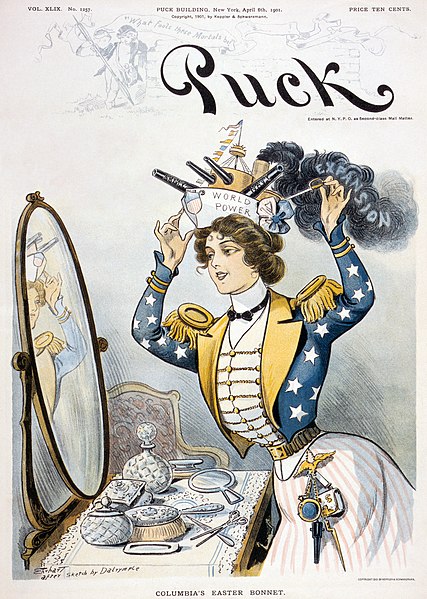
A student may ask us:
I have a reference to a citation. How can I tell if it is a book, an article, or a chapter in a book?
Our reply may be:
That depends on what the reference tells us.
When students see a listing for some scholarly research important for their thesis or other work, it may not be immediately clear whether it will lead them to a book, article, or chapter. People with enough time to look in depth at different styles of academic writing may find clues in such places as the American Psychological Association (APA) Style Guide for the social and behavioral sciences. The student’s ajarn will be able to say which style is preferred for a specific research project or thesis. Another example is Modern Language Association (MLA) formatting, usually used for research on language and literature. The Chicago Manual of Style is another example of a widely used style guide for editorial practice, including American English grammar and document preparation. Students at the Thammasat University Faculty of Law will be familiar with Bluebook Law Review style. Law students, lawyers, scholars, judges, and other legal professionals use Bluebook’s citation system in their writing. Students usually have little time to fully understand style guides and might be discouraged by the length and complexity of the rules they offer. To save time, some shortcuts may help.
If a reference is to an article, it will contain two titles. One is the title of the article, while the other is for the periodical which published it. References to articles usually also indicate page numbers as well as the number of the volume and issue of the periodical where the article appeared. All of this information is included to make it easier for readers to find the article if they are interested in it. An example:
Cumming-Bruce, Nick. “Thailand, Asian Economic Survey.” Asian Wall Street Journal. 23 October 2000.
Yet it also helps us to get a better idea of what kind of research format it is. If the reference is to a book, it will only have a single title. Titles of academic studies often use a colon to separate a title from a subtitle. For example:
Kulich, Elliot, and Dick Wilson. Thailand’s Turn: Profile of a New Dragon. London: Westmillan Press, 1992.
or
House, Maurice W. Thailand Market Development Reports: HRI Food Services Sector Report. Global Agriculture Information Network, 1999.
The student may wonder:
Does an academic study or thesis always have to include a subtitle and a colon?
Our reply would be:
No, and if a thesis subject can be described fully in a title, there is no need to add a subtitle after a colon just to try to look more serious.
Most students when writing a thesis try to seem as dignified as possible. They might believe that a longer title looks better or more intellectual than a shorter one. Yet many fine books have only a title and no subtitle. It depends on the individual thesis or research work. One example of a reference to a book title with no subtitle follows:
Kingdom of Thailand. Thailand in the 1990s. Bangkok: National Identity Board Office of the Prime Minister, 1995.
or
Chavalpait, Orothai. Asian Approach to Resource Conservation and Environmental Protection. Tokyo: Asian Productivity Organization, 2000.
A sure way of knowing whether a subtitle is necessary for a thesis is to ask ourselves whether the subtitle gives readers information they might not otherwise know from the title. Or if the information given in the title and subtitle might easily all fit into one title, with no subtitle. The student may still want to know:
Why are we sure that these are references to books and not articles?
Our reply would be:
In all these book references, a city is mentioned to tell us where the book was published.
Generally, in references to articles that appeared in journals, there is no city of publication included. Also, in references to books, we see the name of a publishing company. Again, in references to journal articles, there is usually no mention of the name of the publisher. The students may still not fully understand, and so ask us:
What about book chapter citations?
Our reply:
Always look for the word IN.
An example:
Komin, Suntaree. “A Social Analysis of the Environmental Problems in Thailand.” In Asia’s Environmental Crisis, edited by Michael C. Howard. Oxford: Westview Press, 1993.
When the reference includes the word in, that means the chapter is found in a book with the title as given by the researcher. A reference to a chapter in a book will feature two titles. There should be one title for the chapter itself, and another one for the book which contains it.

(All images courtesy of Wikimedia Commons)
